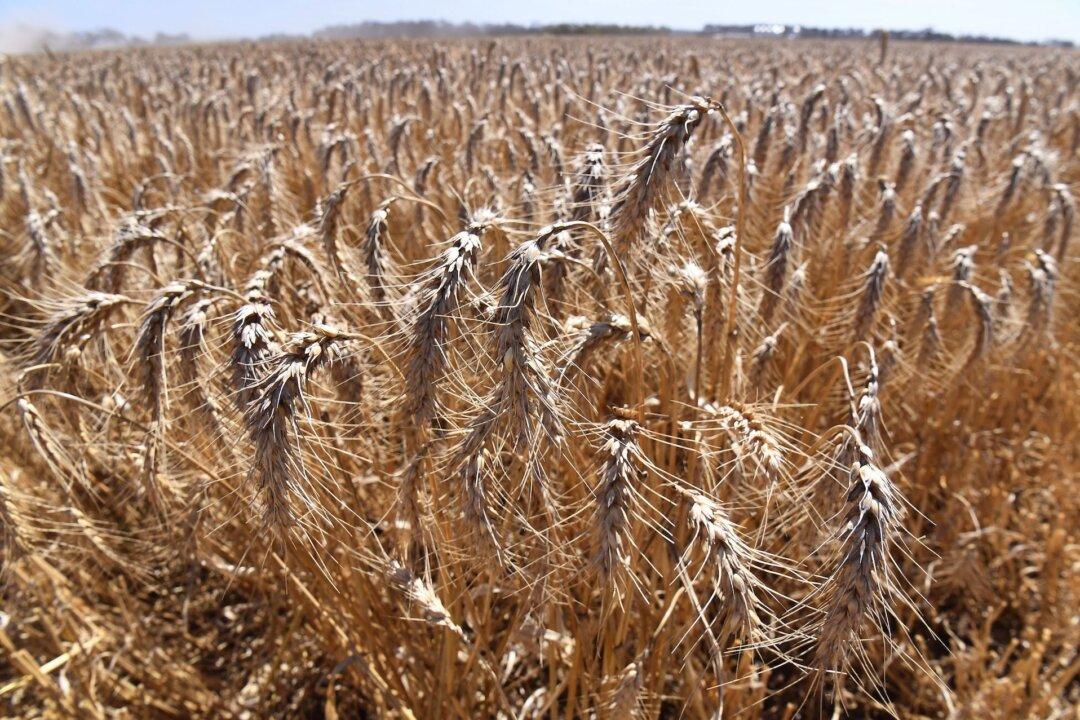Rural Bank’s latest Australian Agriculture Outlook report says favourable seasonal conditions are expected to extend into 2022 with continued improvement in supply and demand.
The bank’s report follows the Australian Bureau of Agricultural and Resource Economics and Sciences forecast released last week predicting a record year for Australian farmers due to “unprecedented favourable conditions with prices the highest in 30 years.”





